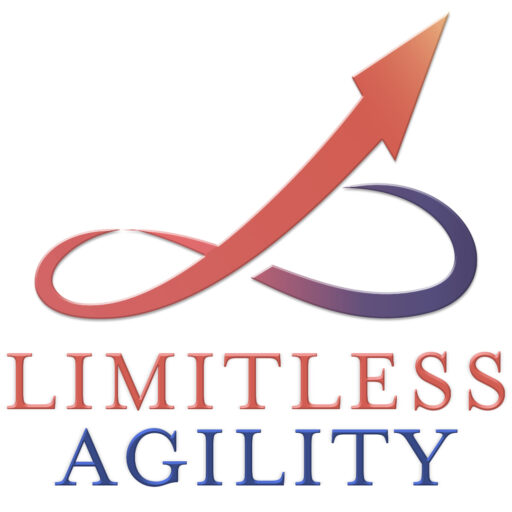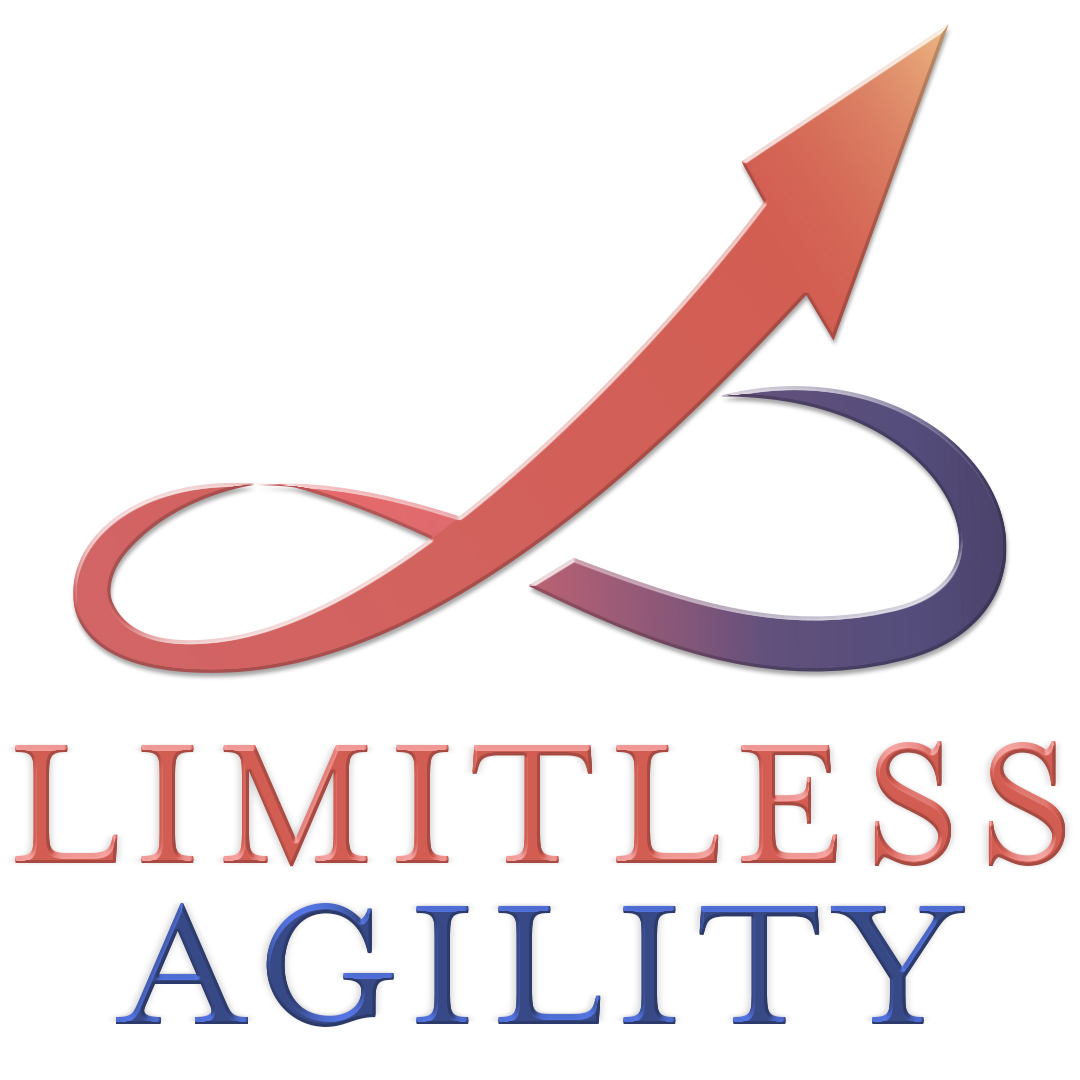T-Shaped Skills: A self-assessment of a Scrum Team
One of the major organizational design change implied by implementing Scrum is the elimination of single-function groups. Traditionally, in a matrix organization structure, the single functional groups like PM, BA and QA are prevalent. Scrum supports cross-functional teams. In one of my previous blog posts on the Development Team, I mentioned the two important characteristics of a Development Team are self-organizing and cross-functional.
In this blog post, I want to expand on the cross-functional characteristics of a development team. According to the Scrum Guide, “Development Teams are cross-functional, with all the skills as a team necessary to create a product Increment”.
High performing teams are comprised of T-shaped skills which is a metaphor used to describe the skills or abilities of a team. The horizontal line of the T describes a team member’s breadth of skills and the vertical line describes depth of skills. For example, a team member may be specialized in JAVA and has deep skills in that area, they may also have a breadth of skills in testing, documentation and other skills. If the team has a blend of cross-functional skills, it will be easier for the team to collaborate to create a potentially releasable product increment each Sprint.
When new Scrum teams are formed, it is important to assess the skill-set of the team. Do they have all the skills necessary? Teams should ensure that they can create a product increment with the combined skills of everyone on the team. Facilitating a self-assessment of skills to understand this is important. This self-assessment will also be helpful for the team to understand how they are improving their cross-functionality.
I facilitated an assessment for one of my teams that I was coaching. This helped the team to understand the strengths of the entire team so when they worked together in a Sprint, they can help each other. The assessment should be done so the gaps in skill-set can be identified and filled so the team can become cross-functional. The team can further enhance their skills by sharing their knowledge with each other in future sprints.
To conduct the self-assessment, I first gathered all the skills that are necessary for the team to create a potentially releasable product increment. I listed all the skills on the horizontal line of the T. For example:
JDBC
UI/UX
MVC
AWS Cloud
Object-Oriented Design Patterns
Testing
And I listed the following on the vertical line of the T so they can assess their depth in each of the skills:

Basic – Fundamental Awareness
Novice – Limited Experience
Intermediate – Practical Application
Advanced – Applied Knowledge
Expert – Recognized Authority
I listed the depth of skills from basic —> expert from top of the vertical line to the bottom so we can see the progression of skills.
I facilitated a session using dot voting so team members can assess the depth and breadth of their skills. Team members put dots on the chart where their skills match their current expertise level. This data was assessed to find the strengths and gaps of the team.


This was a very useful exercise for the team to identify their strengths and gaps which was the first step in becoming a cross-functional team.




Hi, this is a comment.
To get started with moderating, editing, and deleting comments, please visit the Comments screen in the dashboard.
Commenter avatars come from Gravatar.
Lorem ipsum dolor sit amet, consectetur adipisicing elit, sed do eiusmod tempor incididunt ut labore et dolore magna aliqua. Ut enim ad minim veniam, quis nostrud exercitation ullamco.
Comments are closed.